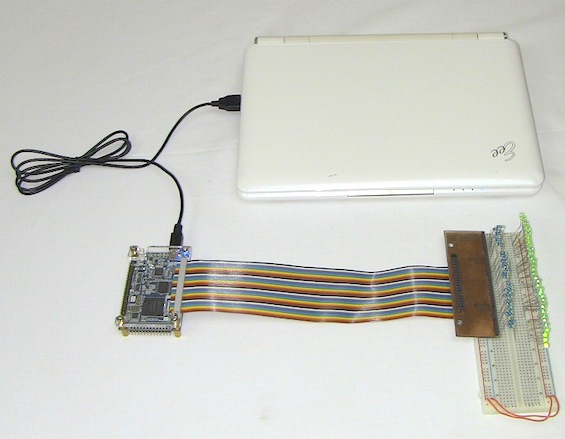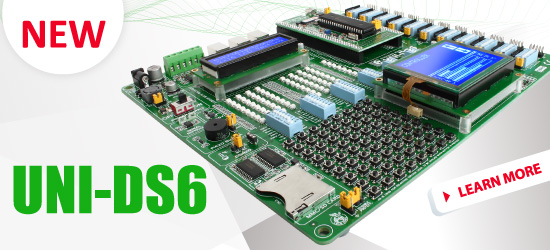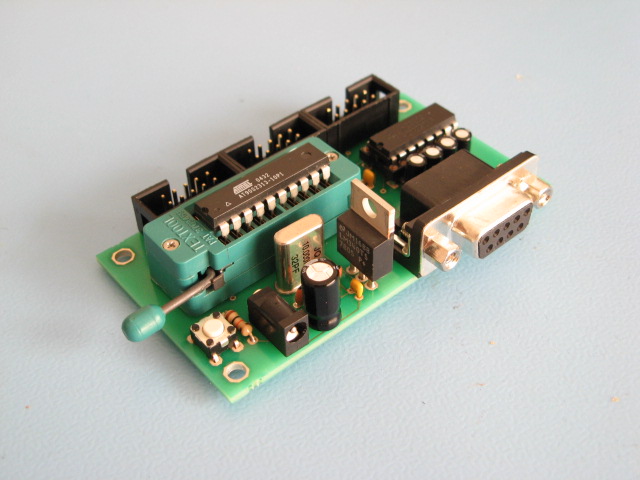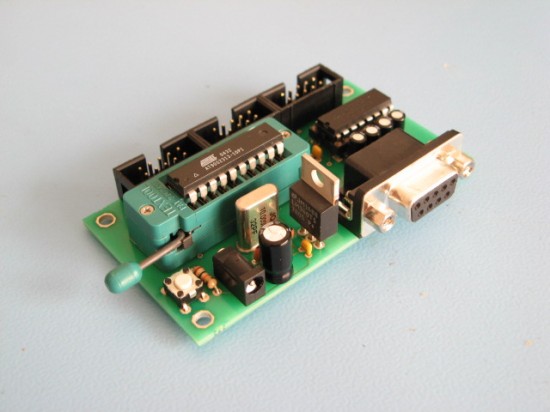Breakout board for DE0-Nano FPGA development board

DE0-Nano is a great FPGA development and education board featuring the Altera Cyclone® IV 4C22 FPGA with 22,320 Logic elements (LEs), 594 Embedded memory (Kbits), 66 Embedded 18 x 18 multipliers, 4 General-purpose PLLs, and 153 Maximum FPGA I/O pins. Since not all of these I/O pins are used very often, Chris from PyroElectro has made his own expansion board for easy prototyping with DE0-Nano.
He designed a PCB for his breakout board that basically connects to the 2×20 pin headers on the DE0-Nano through an IDE cable and makes those I/O pins easily available for prototyping on breadboard.




